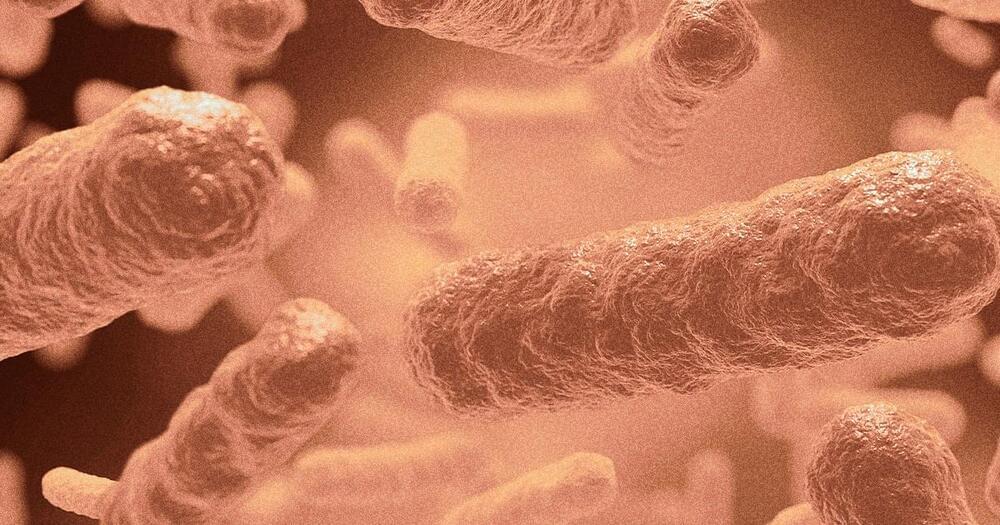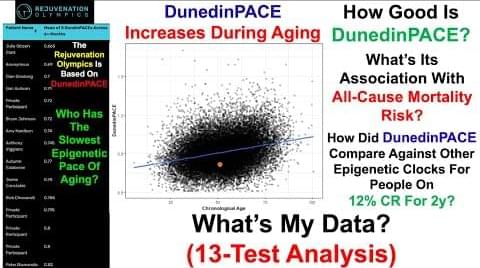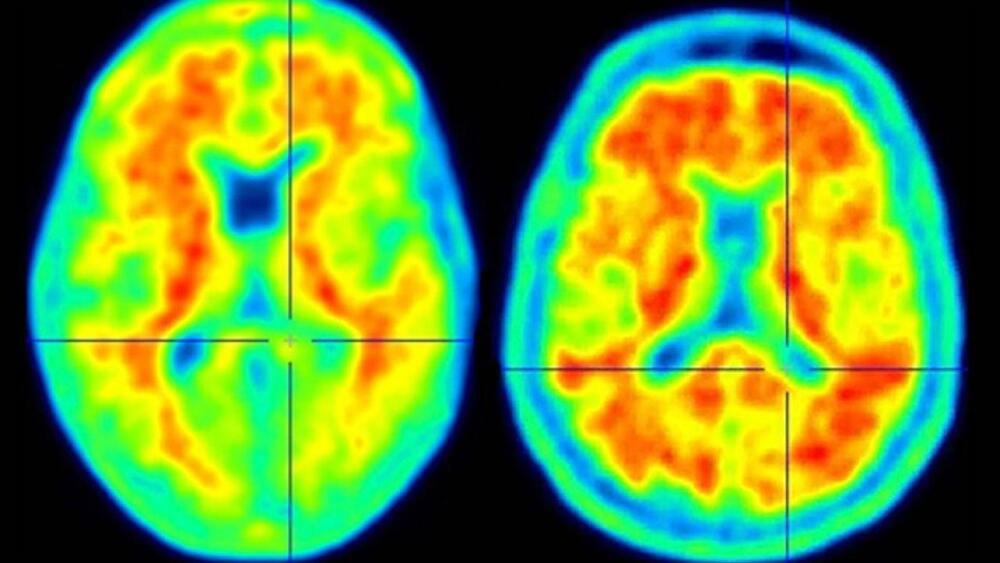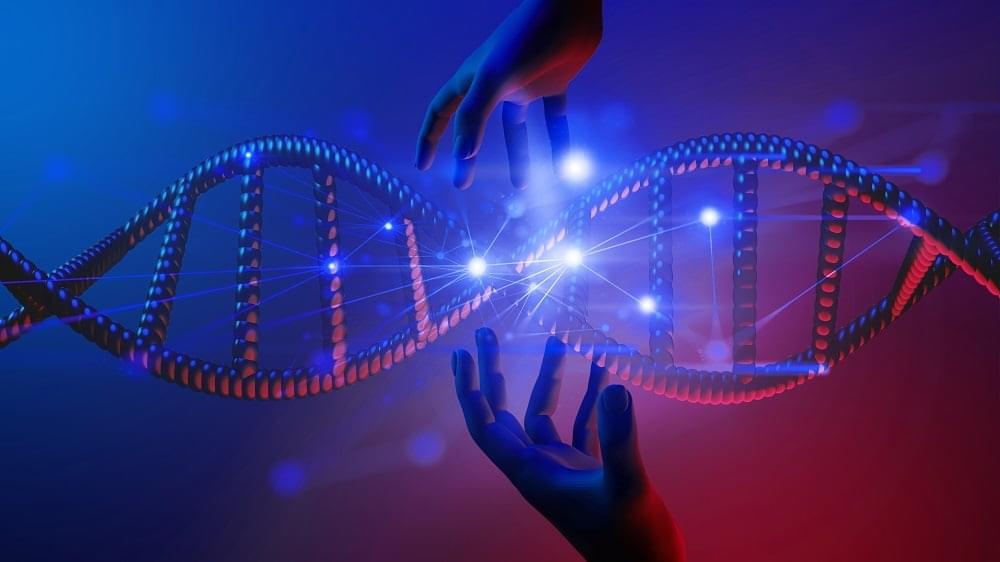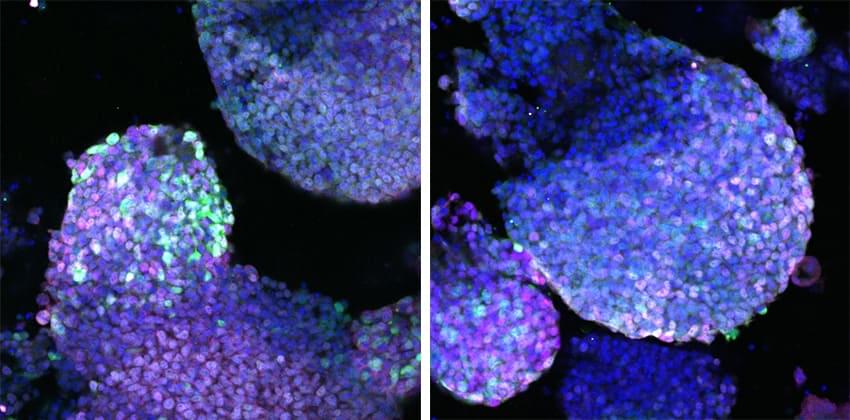Apr 23, 2024
Mutant Bacteria Discovered Aboard International Space Station
Posted by Shubham Ghosh Roy in categories: alien life, genetics
The International Space Station has long been known as a unique — and uniquely gross — environment. But according to a new NASA study, it has stuff growing on it that is straight-up alien, too.
In a press release, NASA said that when scientists from the Jet Propulsion Lab looked at samples of the drug-resistant Enterobacter bugandensis bacteria found on the orbital outpost, they found that the strains had mutated into something that literally doesn’t exist on Earth.
“Study findings indicate that under stress, the ISS isolated strains were mutated and became genetically and functionally distinct compared to their Earth counterparts,” the press release reads. “The strains were able to viably persist in the ISS over time in significant abundances.”
